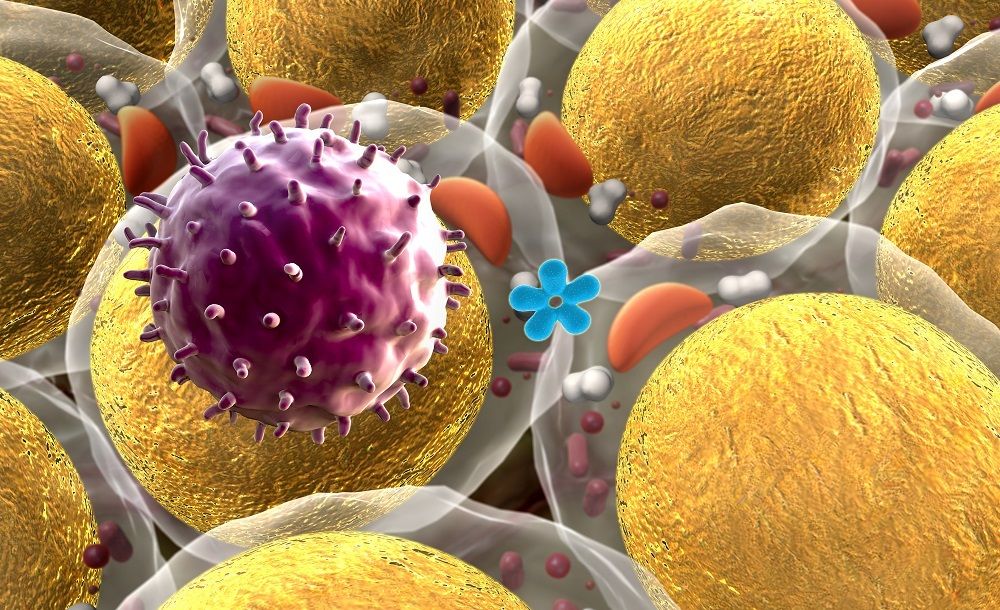Summary: Designer babies have recently become possible, as new techniques have gained credibility from serious scientists. Here’s how they can do it. [This article first appeared on LongevityFacts. Author: Brady Hartman. ]
On Feb 8, the AHA named “Fixing a gene mutation in human embryos” as among the “top advances in heart disease and stroke research” of the past year. They joined a chorus of voices heralding this as a research breakthrough.
The announcement brought attention to the fact that US scientists have recently demonstrated the plausibility of using gene editing to make designer babies.





